“Ideological debate”: Experts unpack Chris Bowen’s fiery face-off with Ted O’Brien
Leading energy experts have questioned key claims on power prices from both Labor and the Coalition as electricity bills shape up to be a major battleground this election.
Business
Don't miss out on the headlines from Business. Followed categories will be added to My News.
Leading energy experts have questioned key claims on power prices from both Labor and the Coalition as electricity bills shape up to be a major battleground this election.
The energy industry leaders, who appeared on a sponsored panel broadcast on Sky News on Thursday, questioned the Coalition’s claims on bringing power prices down with their gas policy and questioned Labor’s claim that investors won’t support nuclear energy.
Their comments come in response to a fiery debate between Energy Minister Chris Bowen and coalition energy spokesman Ted O’Brien at the National Press Club on Thursday.
Clean Energy Council chief executive Kane Thornton responded to Mr Bowen’s comments defending Labor distancing itself from 2022 modelling that underpinned their election promise to bring down energy prices by $275.
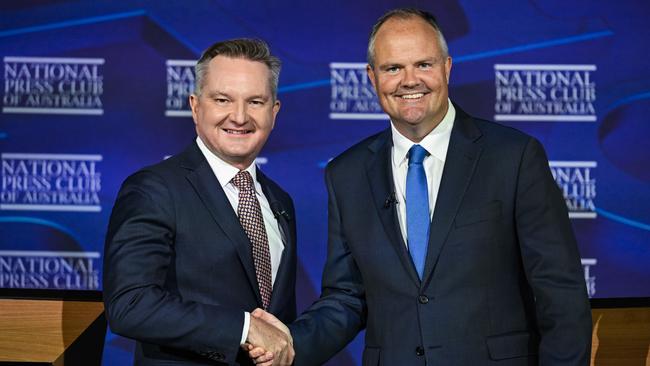
Mr Thornton said all modelling, including RepuTex’s modelling from the last election, factored in the scenarios known at the time.
“We’ve about doubled the amount of renewable energy in Australia over the last five year, and at the same time, power prices have gone up,” he said.
“What the modelling at the time didn’t anticipate, was the back end of a Covid crisis, the Russian war in Ukraine, indeed now we’re seeing Donald Trump and a global tariff war.
“None of that changes the reality that renewable energy was then and is today the lowest cost form of new generation.”
Fellow panellists Australian Energy Producers chief executive Samantha McCulloch and Minerals Council of Australia chief executive Tania Constable both advocated for a broad energy mix.
Labor has claimed there is no private sector support for nuclear energy but Ms Constable said a national ban on nuclear energy was a major impediment to nuclear investment in Australia.
“The first thing you need to do is lift the ban on nuclear (power) … because nobody is going to look at investment in Australia,” she said.
“We’ve made this an ideological debate … we need affordable, reliable, cleaner energy and we’ve made it about renewables versus everything else.”
Ms McCulloch called for strong bipartisan support for gas but questioned the Coalition’s claims that their new gas policy — which includes an east coast gas reservation but also other measures — would bring down electricity prices for households.
“It’s still nor clear from the modelling how we are arriving at those promised price reductions in electricity and gas bills for households,” she said.
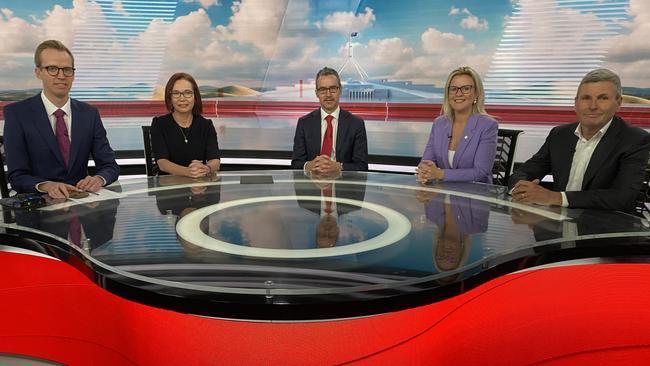
Tania Constable
CEO Minerals Council of Australia
Australia is in the midst of an energy emergency.
For a nation blessed with abundant resources, our households and businesses pay some of the highest prices for energy in the world.
And despite considerable investment in new generation, we face growing grid instability and rising unreliability.
This energy conundrum has eroded Australia’s economic advantage. It has chipped away at the nation’s competitiveness. And has caused significant pain to households and businesses.
With all our advantages, how did we end up here?
In just 15 years, we have transformed the National Electricity Market, from a system where over 90 per cent of the generation was coming from dispatchable power plants, to one where almost half of the generation capacity is now weather dependent.
Solar and wind will play an important role in our future energy. However, it is clearly more complex to integrate this changed system – as reflected in the fact that wholesale electricity prices in the NEM have risen between 130 and 195 per cent over the same period, despite total output staying around 210 TWh.
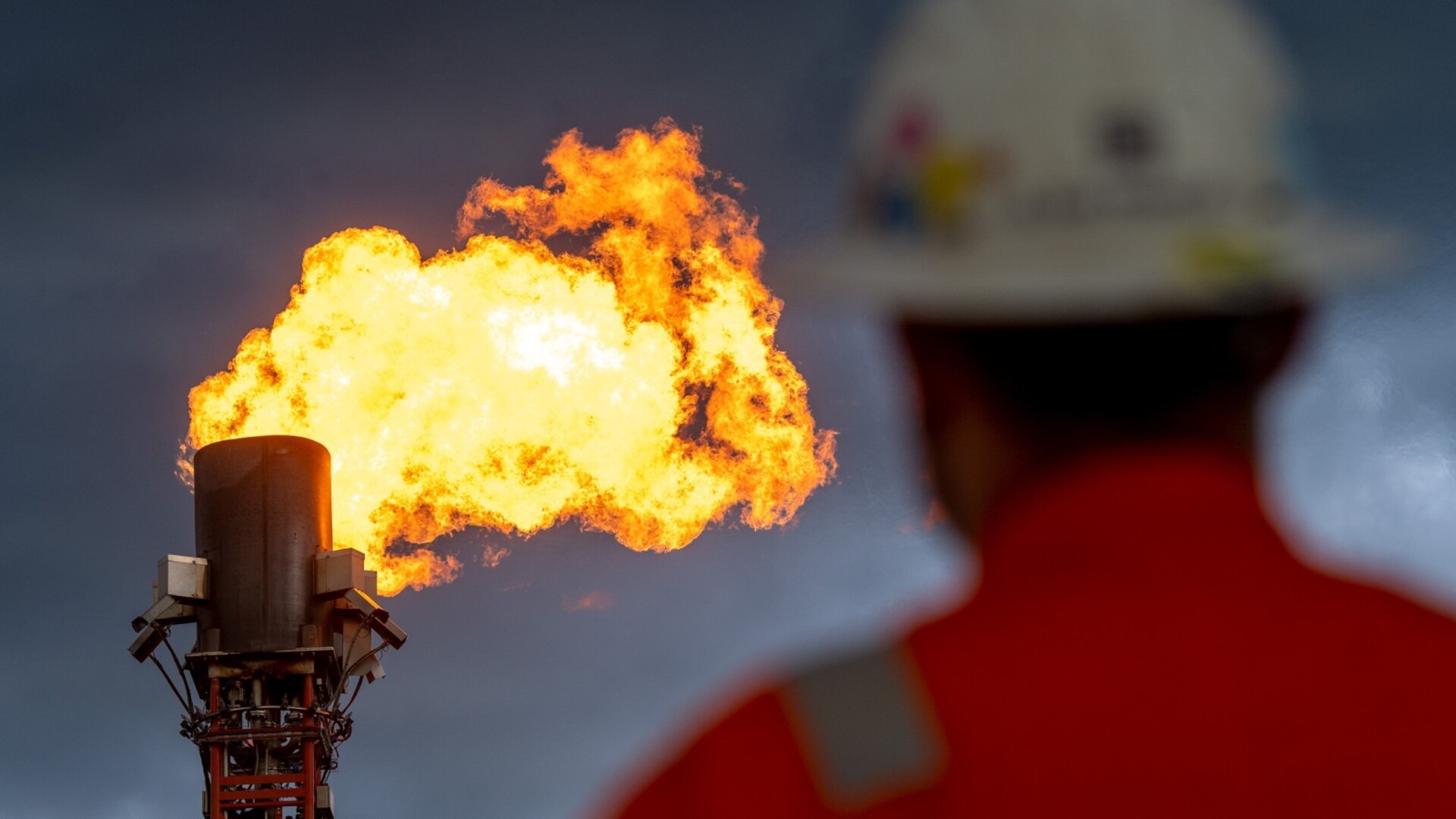
While Australia is not the first nation to deal with the ramifications from replacing baseload power with weather-dependent generation, we have few peers that are so stubbornly focused on a pure renewable energy pathway to Net Zero, no matter what the cost.
By this approach, we are dudding Australian households and business owners who are struggling to pay their bills and we are holding back our key industries.
This energy emergency is exacerbated by the government’s schizophrenic position on gas. It says it wants more gas in the system. But there appears no political will to expedite approvals, unlock assets, and encourage investment in infrastructure.
Our approach to energy must be technology-agnostic with all options on the table, whether that’s renewables, nuclear, gas or coal with CCS – and therefore we must be pragmatic and guided by science, not ideology, nor politics, so we can get the balance right between emissions, cost and reliability.
Elsewhere, the failure by key leaders to see nuclear as part of a solution for Australia and a key to giving the nation its edge back, is unfathomable. History will judge harshly.
The world is embracing nuclear technology at a tremendous rate, pouring investment into new facilities, reducing barriers to entry, ending archaic prohibitions, and fast-tracking development and innovation.
We are isolated by political ignorance.
The first step must be lifting the irrational ban on nuclear energy to unlock investment in both large-scale plants and small modular reactors.
We can’t afford to shut down existing infrastructure until replacement capacity is proven and operational.
To pursue one over the other, to play favourites, to denigrate technologies that have clearly worked elsewhere, is to put ideology over outcomes, and politics before progress.
What is being undertaken here is the most ambitious energy infrastructure transformation in our history. And to date, no other country has transformed their energy system to one based almost entirely on weather dependent sources.
And while that transformation is crucial, Australia is attempting to bring it on too quickly without the necessary safeguards in place, and with no consideration of the need to build the lowest-cost energy system.
No other nation is running at this pace. Why are we?
Now is the time for serious, solutions-focused energy policy, before it’s too late.
Samantha McCulloch
Australian Energy Producers CEO
As Australia grapples with an uncertain gas supply outlook, rising energy prices and increasingly fragile energy systems, we only need to look across the Tasman Sea for a glimpse of what a future with no new gas development would mean for Australia.
New Zealand, which seven years ago banned new gas exploration in a shortsighted bid to tackle climate change, is now scrambling to avert an energy crisis of its own making – soaring gas and electricity prices, structural gas shortfalls, and the prospect of importing gas for the first time.
This should be a cautionary tale for Australia. However, we are unwittingly heading down the same path. LNG imports – once considered an impossibility for a gas-rich country like Australia – are now likely to be needed in Victoria and NSW within a few years.
The temptation for governments and political parties after years of ignoring the warning signs is to reach for short-term fixes.
Yet as we have seen in recent years, retrospective market interventions and blunt instruments not only fail to address the problem, they can also do enormous damage to investment confidence, trade relations and market operations.
The current national focus on the need for new gas supply is welcome and long overdue, but it requires a considered and bipartisan response. Australia cannot afford to repeat past mistakes.
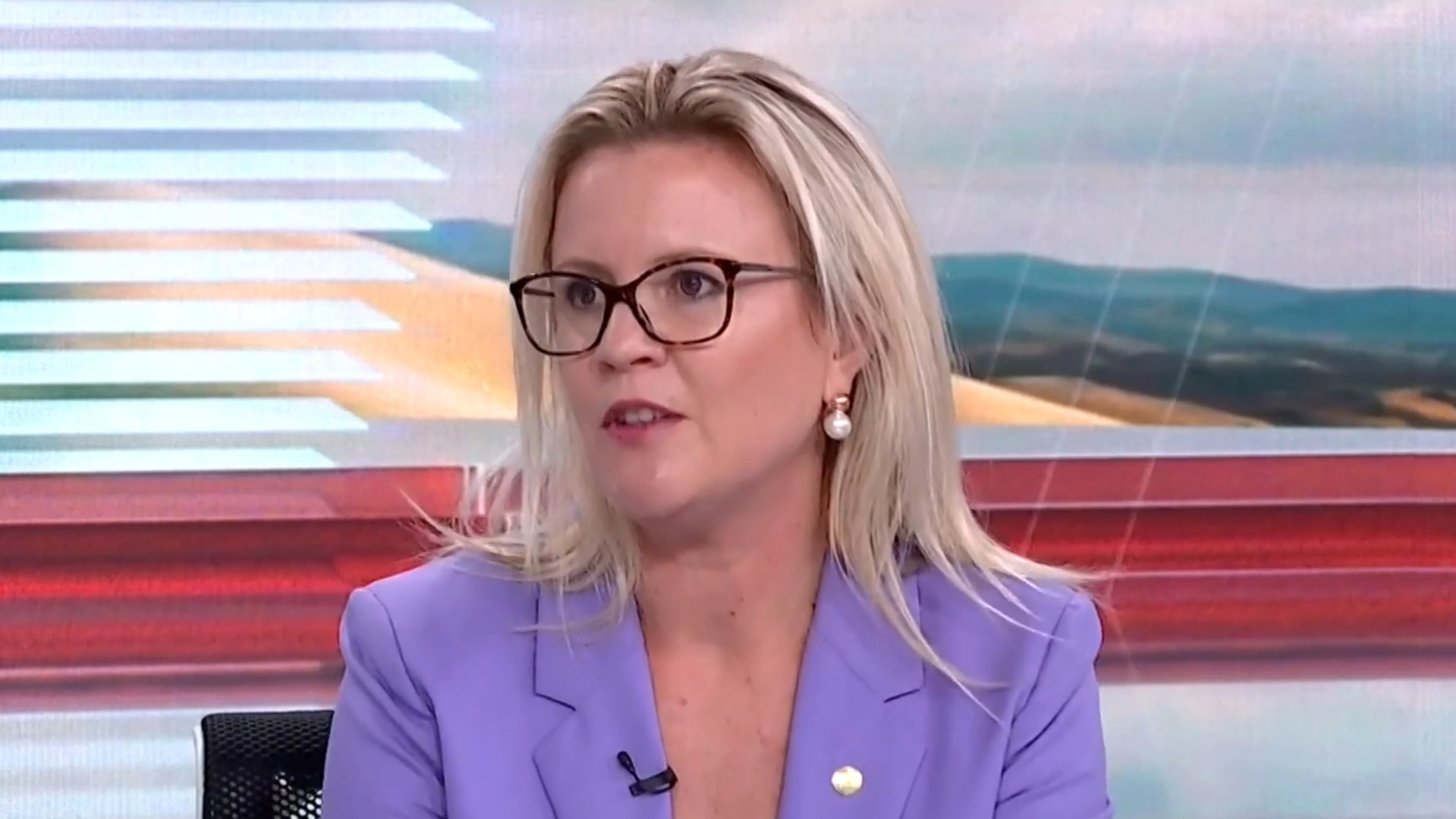
Much like New Zealand, Australia’s predicament is largely self-inflicted, and Victoria is ground zero for this gas policy negligence after years of actively discouraging new gas developments.
The scale and speed with which gas shortfalls will hit Victoria means there are no easy fixes. That includes policies to force more gas from Queensland, because there simply isn’t sufficient pipeline capacity to move Queensland gas south in the quantities needed, when it is needed.
As a priority, the next Federal Government must fix the broken regulatory approvals system that is delaying new gas supply projects and damaging Australia’s international competitiveness. It must also pressure Victoria and NSW to develop their own gas resources.
The fact is that Australia has enough undeveloped gas to meet our long-term energy needs and continue to supply LNG to our trade partners, but only if governments act now.
The Australian Energy Market Operator has confirmed that by expediting planned gas projects we could secure enough gas to defer forecast shortfalls by five years to 2034.
The implications of continued policy inaction would be profound for Australia’s economy and energy security.
Australian households, manufacturers and miners will continue to rely on gas to 2050 and beyond, and we will need considerably more gas to back up renewables for reliable power as coal is phased out.
You would think, then, that policy makers would do everything they can to ensure Australians continue to have reliable and affordable gas. But as the New Zealand experience shows, politics and ideology can get in the way of the national interest.
Regardless of the election result, the next Federal Government will need to put energy security ahead of politics so Australia does not become the next case study of a resources-rich country that squandered its energy edge.
Kane Thornton
CEO Clean Energy Council
Is it just me or have we somehow gone back in time?
US President Donald Trump is introducing 1960s era tariffs and isolationist polices
that are creating massive global economic risk and uncertainty.
While here at home, the Federal Coalition is proposing to halt private investment in
the lowest cost form of energy generation (renewables) and instead focus on the
highest cost forms of generation (nuclear and gas) with 1960s levels of government
ownership and taxpayer funding.
Over the past four years private investors have put $40 billion into wind and solar
and $15 billion into big batteries. This is because these are proven technologies and
the lowest cost solution available to Australia.
This investment has doubled the amount of renewable energy in Australia over the
past five years, now making up some 46 per cent of our electricity mix – and needs to
continue if we are to replace ageing, unreliable and increasingly expensive coal.
For all of the politics and noise, the level of renewable energy supported by the two
major parties is a significant point of difference at the upcoming federal election.
On the one hand, the ALP’s policy is to reach 82 per cent renewables by 2030. This
is an ambitious but achievable goal given the enormous pipeline of renewable
energy projects we have across Australia. It will be delivered by private investors
(rather than taxpayers) if they have confidence that the current policy settings will
continue.
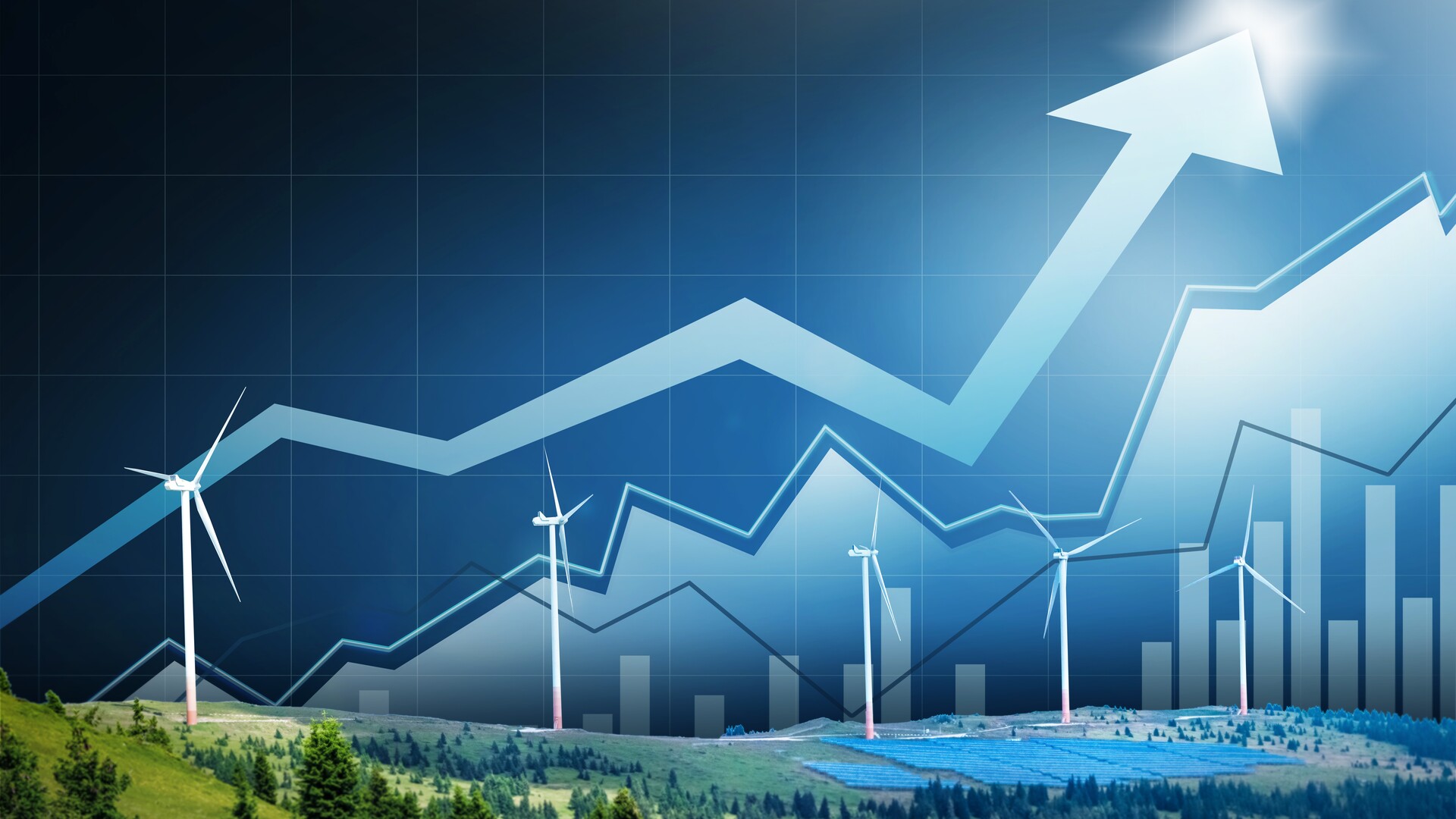
On the other hand, the Coalition is heading to the 3 May Federal Election with a
policy to cap renewables at 54 per cent, roll the dice on extending the life of old coal
and increase our reliance on gas, while waiting 20 years for nuclear. Nuclear is
unproven and expensive – that’s why private investors won’t put their money
anywhere near it.
The seven nuclear reactors being proposed by the Coalition would have to be built
and paid for by taxpayers to the tune of $600 billion, which will ultimately impact
power prices. Meanwhile ramping up the use of gas for electricity generation is
easier said than done – it’s hard to access and would be super costly.
It’s blatantly obvious that capping the lowest cost energy generator (renewables) and
substituting it for the highest cost source (gas) would be bad for power bills. That’s
before we even factor in paying for nuclear.
In a cost-of-living crisis, the Coalition’s energy policy is forecast by global energy
experts to slap an additional $449 on the average family’s annual power bill in 2030.
Analysis also shows capping renewables at 54 per cent would send Australia
backwards, sacrificing $58 billion worth of new private sector investment over the
next five years, while erasing 42,000 well-paying jobs in these regions – electricians,
engineers, concreters, technicians, truckies and labourers.
The only way to ensure the lights stay on and power prices come down is to
accelerate the use of the lowest cost solutions – wind and solar backed up by
batteries, hydro and a small amount of gas – and minimise the use of high-cost
solutions like nuclear and much more gas.
The alternative is a recipe for disaster.



